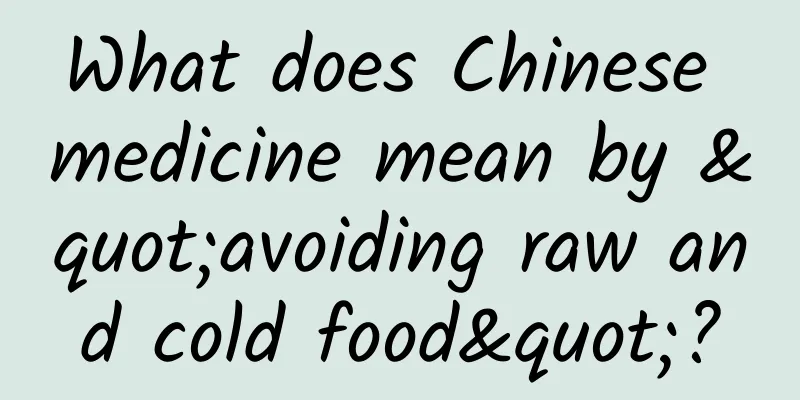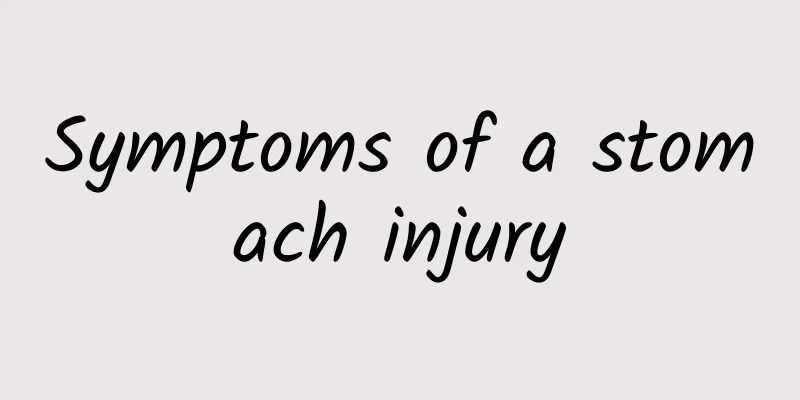Maxillary sinusitis

|
Maxillary sinusitis is a relatively common nasal disease. People must be very careful about the care of their nose. They should pay more attention to the hygiene of their nose in normal times. Many people like to pick their noses with their hands. In fact, this is very bad. This is a very unhygienic behavior. It may bring in some germs and may cause some nasal diseases. If you have a stuffy nose after catching a cold, you should take medication in time to avoid sinusitis. What should I do if I have maxillary sinusitis? Inflammation of one or more sinuses is called sinusitis. The affected sinuses include the maxillary sinus, ethmoid sinus, frontal sinus and sphenoid sinus. This is a disease with a high incidence rate in the population and affects the quality of life of patients. 1. Acute sinusitis (1) Systemic treatment uses sufficient antibiotics to control infection. Since most infections are caused by cocci, penicillins and cephalosporins are the drugs of choice. Drug treatment emphasizes the selection of sensitive antibiotics, which should be used in sufficient doses and for a sufficient course of treatment. If the headache or local pain is severe, sedatives or analgesics may be used appropriately. General treatment is the same as for acute rhinitis. Traditional Chinese medicine treatment focuses on dispersing wind and heat, and aromatically opening the orifices, supplemented by detoxification and removing blood stasis. (2) To improve sinus drainage, nasal drops containing 1% ephedrine are often used to constrict the nasal cavity and improve drainage. Acute sinusitis can also relieve headaches by changing body position to improve sinus ventilation and drainage. (3) Maxillary sinus puncture and irrigation should be performed for acute maxillary sinusitis after systemic symptoms have subsided and local acute inflammation has been basically controlled. After flushing, antibacterial solution can be injected 1 to 2 times a week. (4) Sinus replacement therapy is suitable for many groups of children with sinusitis. (5) Etiological treatment: If the cause is odontogenic maxillary sinusitis, the dental disease should be treated at the same time. (6) Mucus stimulants can be used to improve the characteristics of secretions and facilitate their discharge. (7) Hormone therapy can be applied through nasal topical hormones or systemic hormones to improve local inflammatory conditions and enhance drainage. (8) Surgery: When acute sinusitis is not satisfactorily controlled by medication or complications occur, endoscopic sinus surgery can be used. The endoscope is used to directly reach the lesion, open the sinus ostium, remove the lesion, improve local drainage, and thus restore the normal physiological function of the sinuses. [2] 2. Chronic sinusitis (1) Antibiotics Macrolides (macrolide antibiotics) cannot eliminate bacteria, but they can reduce the toxicity of chronic bacterial infections and reduce cell damage. In cases where hormonal therapy fails, selective long-term low-dose macrolide antibiotic therapy is effective. The specific mechanism of action is not very clear, but it may be related to the downregulation of local host immune response and the weak toxicity of the propagated bacteria. (2) Vasoconstrictors can shrink the swollen nasal mucosa to facilitate sinus drainage. However, vasoconstrictors should not be used for a long time as they may cause secondary drug-induced rhinitis. (3) Mucus promoters: Adding mucus promoters to standard treatment methods can achieve better treatment effects, mainly by reducing treatment time. (4) Antihistamines Although antihistamines are not recommended for the treatment of chronic rhinosinusitis, a study in the United States showed that antihistamines are often used in the treatment of chronic rhinosinusitis and can significantly relieve symptoms of sneezing, runny nose and nasal congestion, but have no significant effect on the size of nasal polyps. (5) Hypertonic saline Hypertonic saline can improve the nasal mucociliary clearance rate. Clinical trial results show that hypertonic saline has significant effects on various evaluation indicators of cough, runny nose, and postnasal drip symptoms. (6) The principles of traditional Chinese medicine are to open the orifices with fragrance, clear away heat and detoxify, and remove dampness and discharge pus. (7) Physical therapy generally uses ultrashort wave diathermy therapy as an auxiliary treatment. (8) Sinus replacement is suitable for multiple sinus inflammation and children. (9) Surgical treatment 1) Endoscopic sinus surgery is currently the preferred method. Under the clear vision of nasal endoscope, all sinus lesions are completely removed, the sinus ostia are fully opened, sinus drainage is improved, and normal tissue is preserved as much as possible. It is a minimally invasive surgery that preserves function as much as possible. 2) Other surgeries include maxillary sinus endonasal fenestration, maxillary sinus radical resection, intranasal ethmoid sinus resection, external ethmoid sinus resection, frontal sinus drilling, frontal sinus incision, sphenoid sinus incision, etc. For a patient diagnosed with chronic sinusitis, the recommended treatment procedure should be: first, drug treatment (including local and systemic application), and then perform sinus CT scan if drug treatment is ineffective. If there are imaging changes and surgical indications, then perform endoscopic sinus surgery. |
<<: What to do if your throat hurts
Recommend
What to do if the male genitals itch? This will stop the itch faster
Many men may have itching problems in their male ...
Medicinal value of camel thorn
Camel thorn is a plant that is mainly secreted in...
Why do I wake up at night and can't fall asleep?
If a person's sleep quality is poor for a lon...
Stuffy nose treatment
People are also quite concerned about the problem...
What is the use of a man's kidneys?
Among the important organs in the human body, the...
Chronic superficial gastritis
Diseases are very common, especially some stomach...
Why are my hands wet and sweaty?
Many people in life experience sweating symptoms....
What is the normal range of ovarian size? How to maintain it well?
Clinically, ovarian problems are a common conditi...
What causes long-term migraine?
When most people experience headaches, it is caus...
What is the meat coming out of the asshole?
For patients with hemorrhoids, prolapse of the tu...
What to do if your child has cervical pain
Children's cervical vertebrae are much more f...
Why my breasts didn't change during pregnancy?
Everyone knows that when a woman is pregnant, som...
Can pregnant women use floral water?
Pregnant women have many taboos in their daily li...
What to do if there are blood spots on the face
Blood spots are not unfamiliar to many people. The...
What are the symptoms of cerebral palsy in babies around ten months old?
Cerebral palsy is a common congenital disease. Th...









